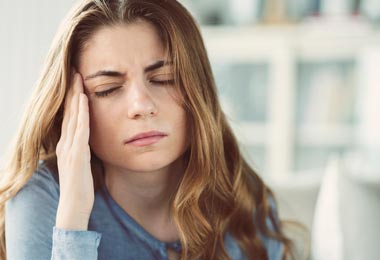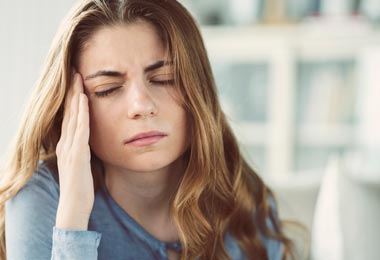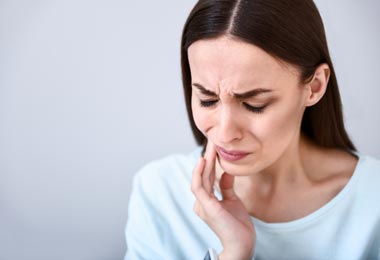How a Migraine Happens
Theories about migraine pain
Older theories about migraines suggested that symptoms were possibly due to fluctuations in blood flow to the brain. Now many headache researchers realize that changes in blood flow and blood vessels don't initiate the pain, but may contribute to it.
Current thinking regarding migraine pain has moved more toward the source of the problem, as improved technology and research have paved the way for a better understanding. Today, it is widely understood that chemical compounds and hormones, such as serotonin and estrogen, often play a role in pain sensitivity for migraine sufferers.
One aspect of migraine pain theory explains that migraine pain happens due to waves of activity by groups of excitable brain cells. These trigger chemicals, such as serotonin, to narrow blood vessels. Serotonin is a chemical necessary for communication between nerve cells. It can cause narrowing of blood vessels throughout the body.
When serotonin or estrogen levels change, the result for some is a migraine. Serotonin levels may affect both sexes, while fluctuating estrogen levels affect women only.
For women, estrogen levels naturally vary over the life cycle, with increases during fertile years and decreases afterwards. Women of childbearing age also experience monthly changes in estrogen levels. Migraines in women are often associated with these fluctuating hormone levels and may explain why women are more likely to have migraines than men.
Some research suggests that when estrogen levels rise and then fall, contractions in blood vessels may be set off. This leads to throbbing pain. Other data suggest that lower levels of estrogen make facial and scalp nerves more sensitive to pain.
What commonly triggers a migraine?
People who get migraines may be able to identify triggers that seem to kick off the symptoms. Some possible triggers include the following:
- Stress and other emotions
- Biological and environmental conditions, such as hormonal shifts or exposure to light or smells
- Fatigue and changes in one's sleep pattern
- Glaring or flickering lights
- Weather changes
- Certain foods and drinks
The American Headache Society suggests documenting triggers in a headache diary. Taking this information with you when you visit your healthcare provider helps him or her to identify headache management strategies.





